- Five Ways of Looking at Wifredo Lam MoMA
- Wifredo Lam: Artist-Poet of Tropical Dreams and Sorrows The New York Times
- I Knew It Was You, Wifredo Puck
- See Inside MoMA’s Wifredo Lam Retrospective, Featuring a Newly Unveiled Surrealist Masterpiece
Category: 5. Entertainment
-
Five Ways of Looking at Wifredo Lam – MoMA
-
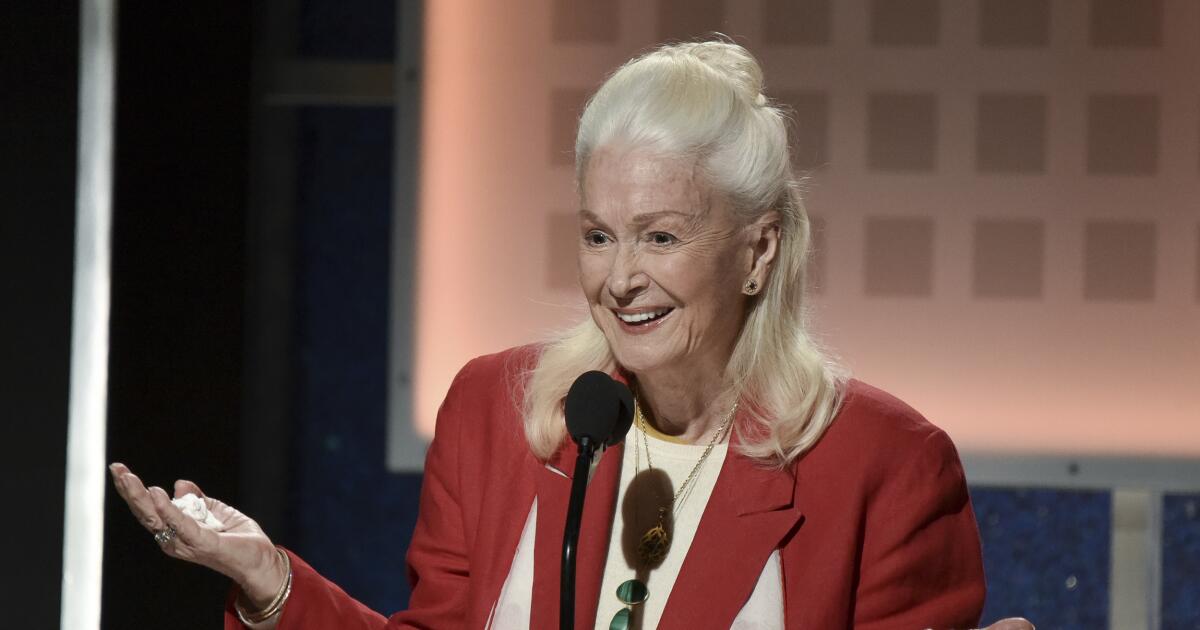
Diane Ladd’s cause of death revealed in death certificate
Diane Ladd’s cause of death has come to light, weeks after the three-time Oscar-nominated “Rambling Rose” and “Wild at Heart” star died at age 89.
The actor died of “acute on chronic hypoxic respiratory failure,” according to her…
Continue Reading
-
‘The Assassin’ Review: Keeley Hawes’s Ex-Killer on AMC+ – The Wall Street Journal
- ‘The Assassin’ Review: Keeley Hawes’s Ex-Killer on AMC+ The Wall Street Journal
- Sickening Violence Is Too Grotesque To Watch 11/17/2025 MediaPost
- The Assassin Season 1: Release date, where to watch and what to expect primetimer.com
- Keeley…
Continue Reading
-
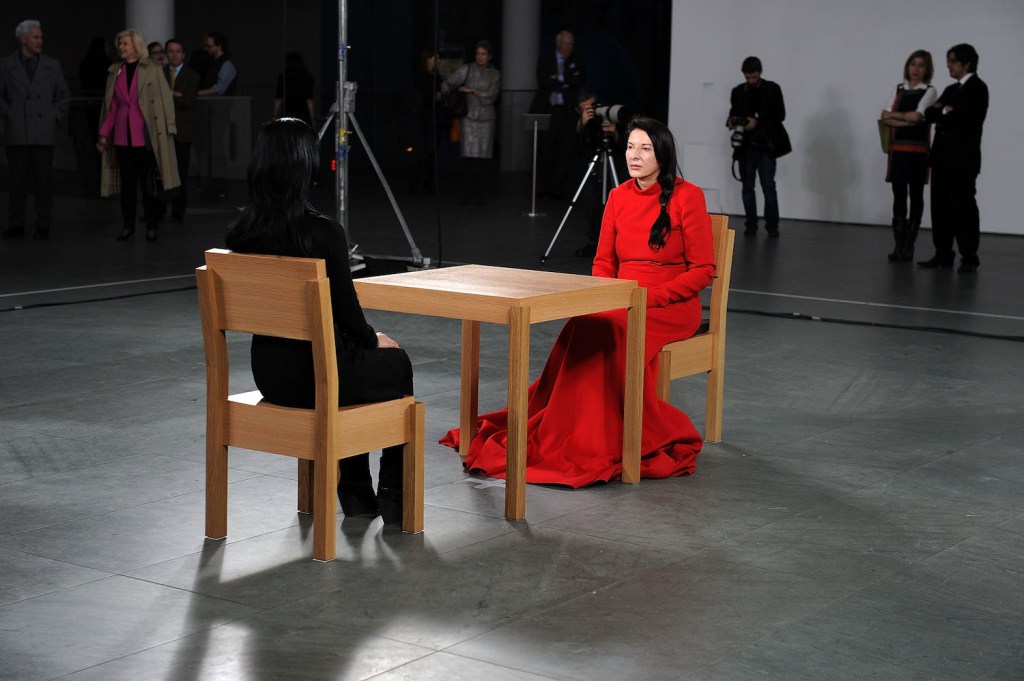
Marina Abramovic Says Curator Klaus Biesenbach Nearly Killed Her ‘Artist Is Present’ Performance – ARTnews.com
- Marina Abramovic Says Curator Klaus Biesenbach Nearly Killed Her ‘Artist Is Present’ Performance ARTnews.com
- Artist who let people ‘do anything to her’ explained how she had her ‘blood drunk’ during it LADbible
- Marina Abramović Talks To…
Continue Reading
-
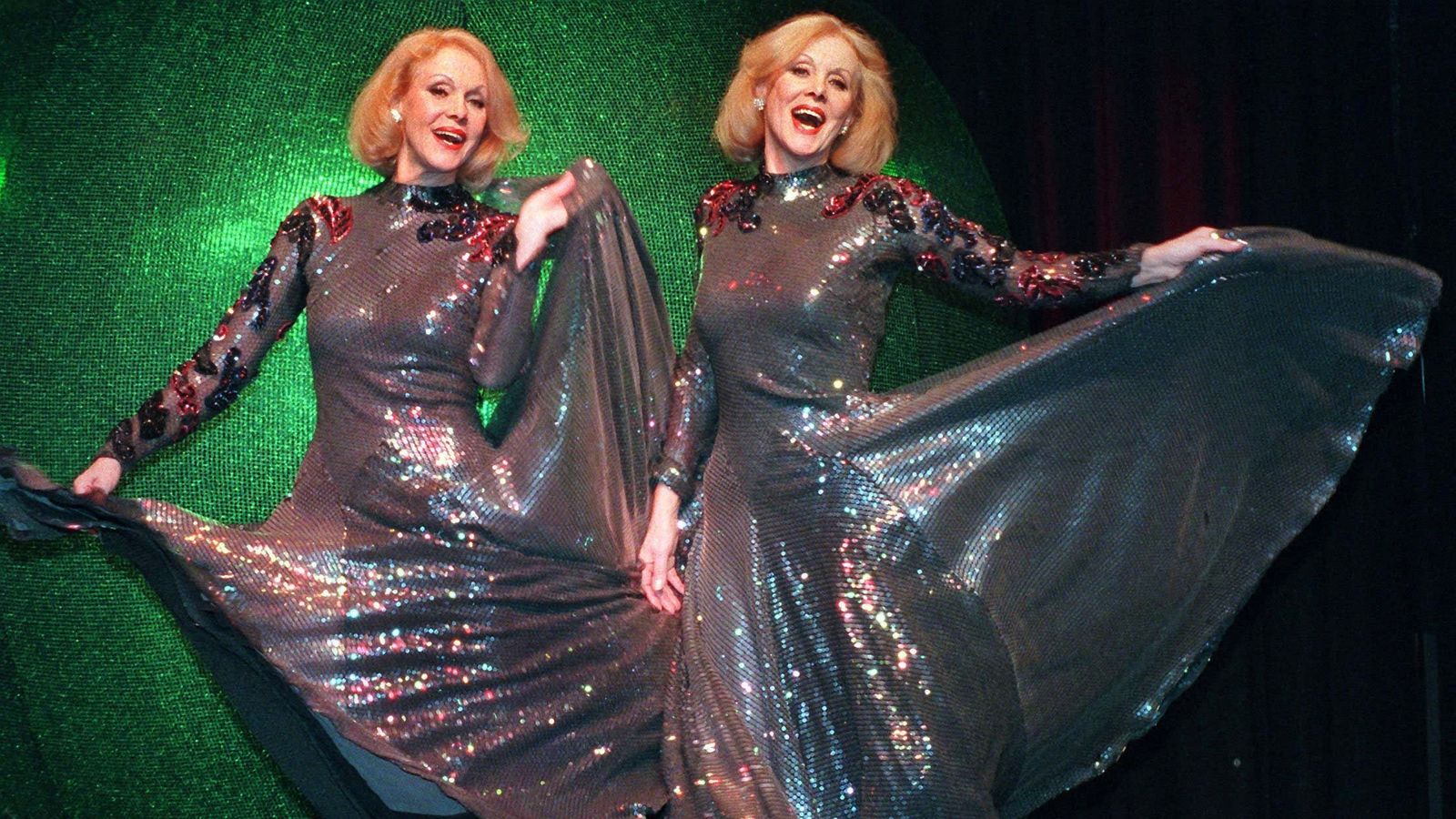
The Kessler twins, German dance stars in the 50s and 60s, die in ‘joint suicide’, police say | World News
The Kessler Twins, German sisters famous across Europe for their singing and dancing, have died together through assisted means, local police have said.
Content warning: this article contains references to suicide
Munich officers…
Continue Reading
-
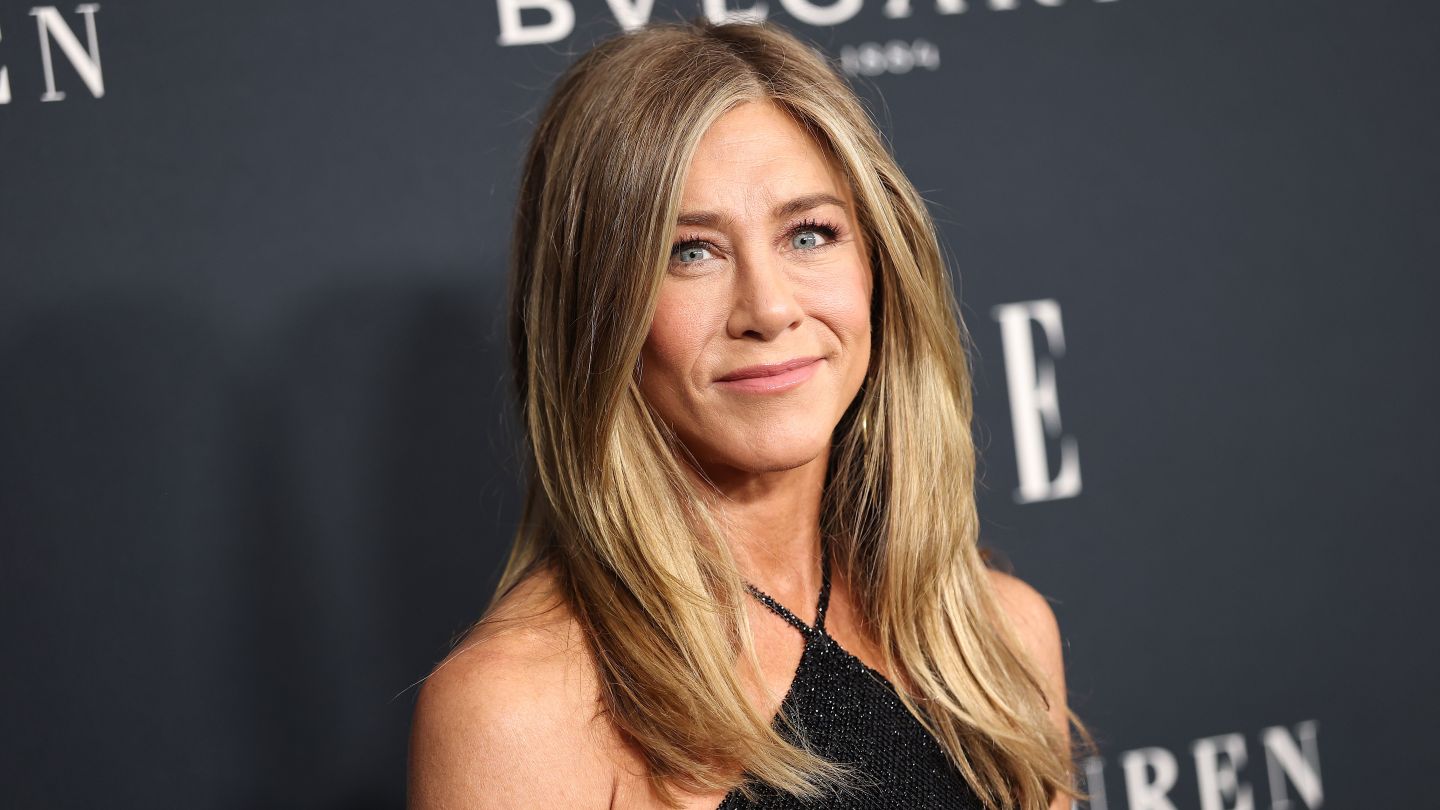
Jennifer Aniston on Being Shut Out From Producing After ‘Friends’
Elle celebrated some of this year’s leading ladies at its annual Women in Hollywood event on Monday, with Jennifer Aniston, Emily Blunt, Rose Byrne, Teyana Taylor, Jessie Buckley, Chase Infiniti, Renate Reinsve and Sinners‘ Hailee…
Continue Reading
-
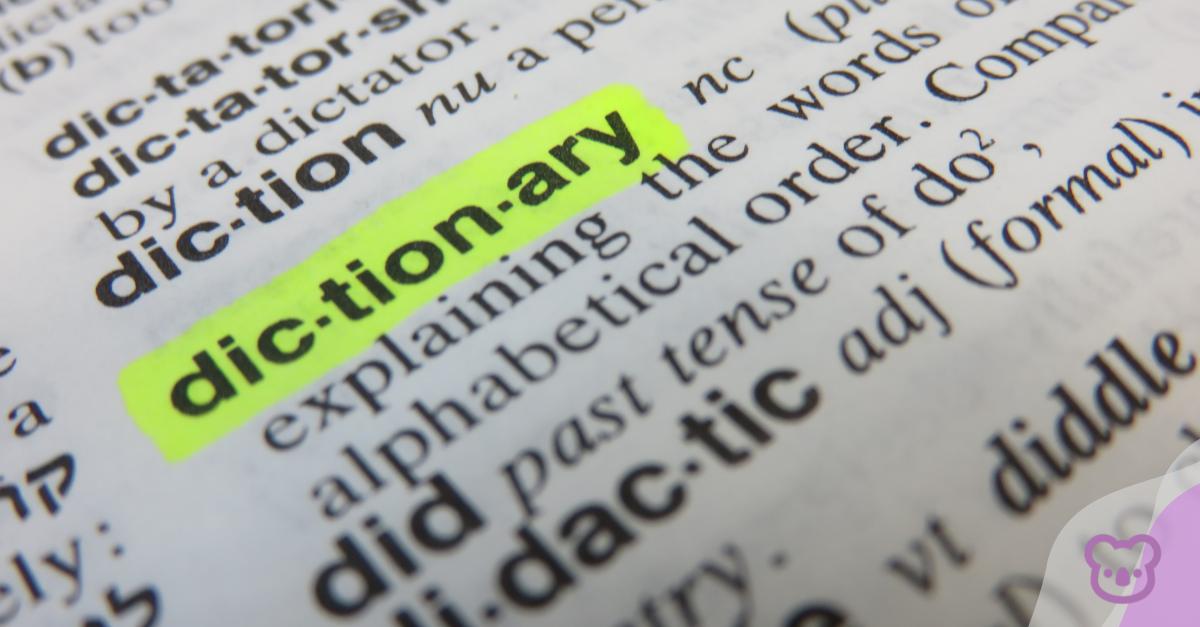
‘Parasocial’ Crowned Cambridge Dictionary Word of the Year 2025
The Cambridge Dictionary has officially named “parasocial” its Word of the Year for 2025, after a twelve-month period dominated by online obsession, celebrity intimacy, and the rising emotional entanglement between humans and…
Continue Reading
-
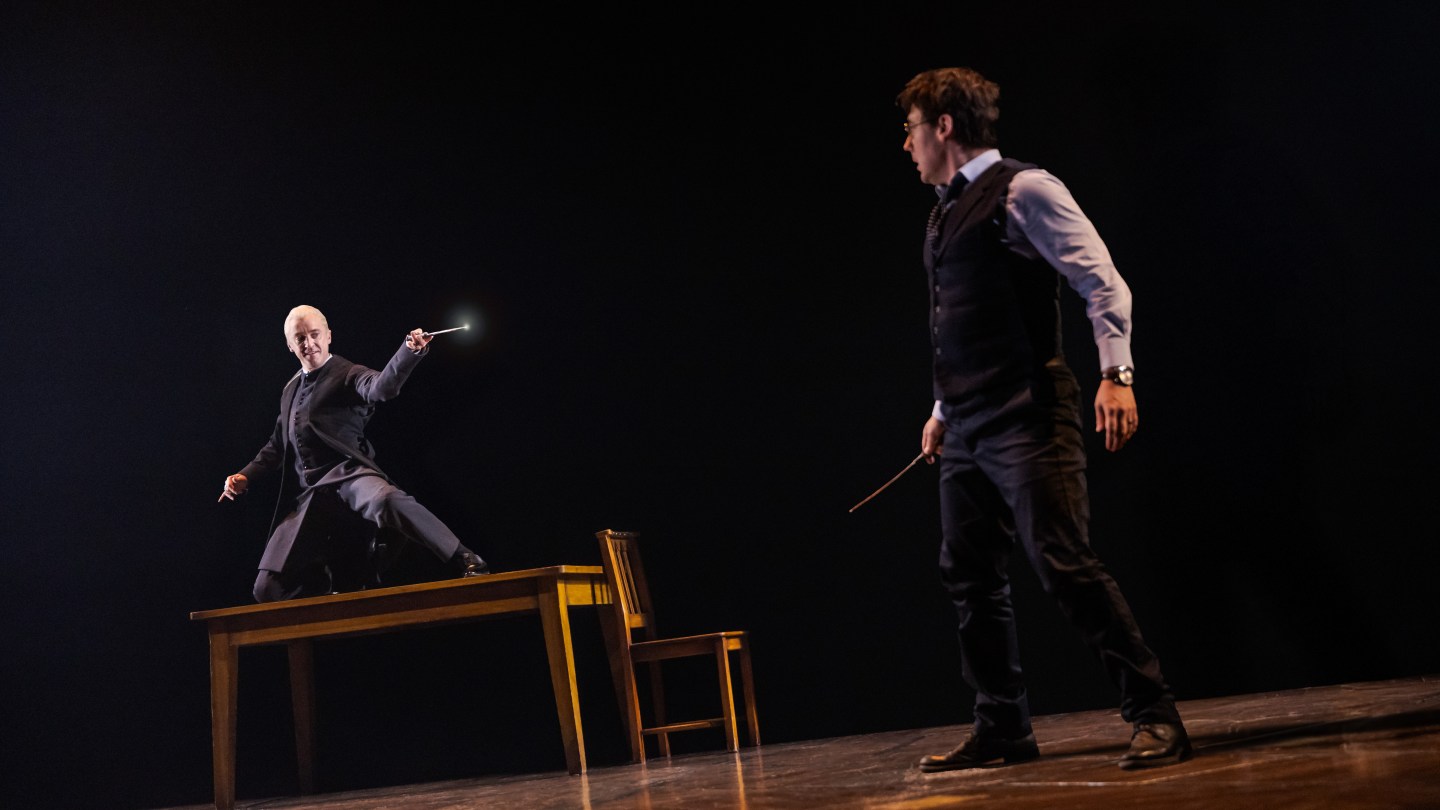
Tom Felton Gives $1 Million Boost To Harry Potter and the Cursed Child
Harry Potter and the Cursed Child jumped up more than $1.3 million last week as Tom Felton, who played Draco Malfoy in the films, joined the cast.
The play, which opened at the Lyric Theatre in 2018, grossed close to $2.6 million, making…
Continue Reading
-
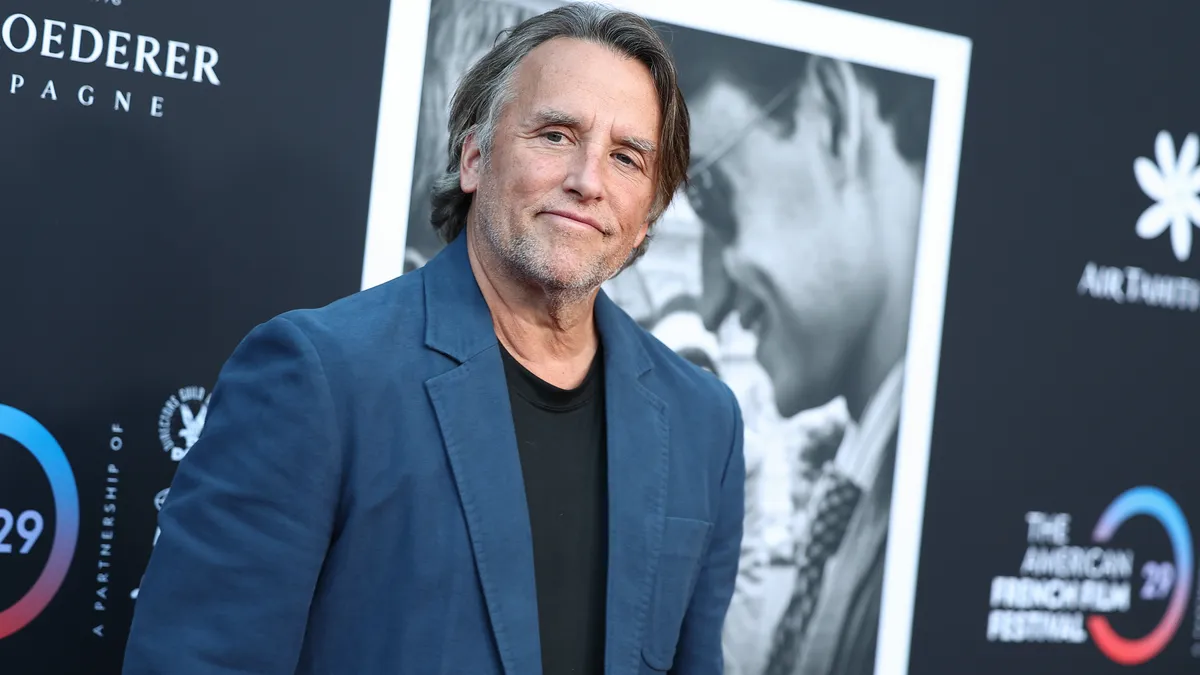
Richard Linklater says ‘Nouvelle Vague’ is a lot like ‘School of Rock’
Last year, Richard Linklater directed an entire movie in French ‒ even though he does not speak a word of the language himself.
But according to the affable Texan filmmaker, “that was not even in the top 10 challenges” of making “Nouvelle…
Continue Reading
-
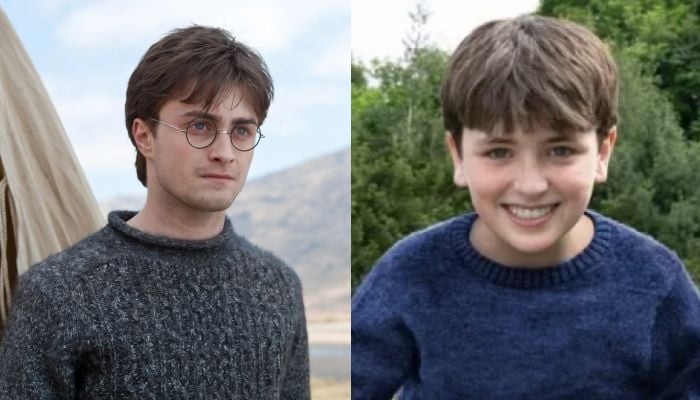
Daniel Radcliffe reveals ‘sweet’ exchange of notes with new ‘Harry Potter’ actor
Daniel Radcliffe is sharing a heartfelt moment he recently had with the young actor stepping into the role that defined his own childhood.
During…
Continue Reading